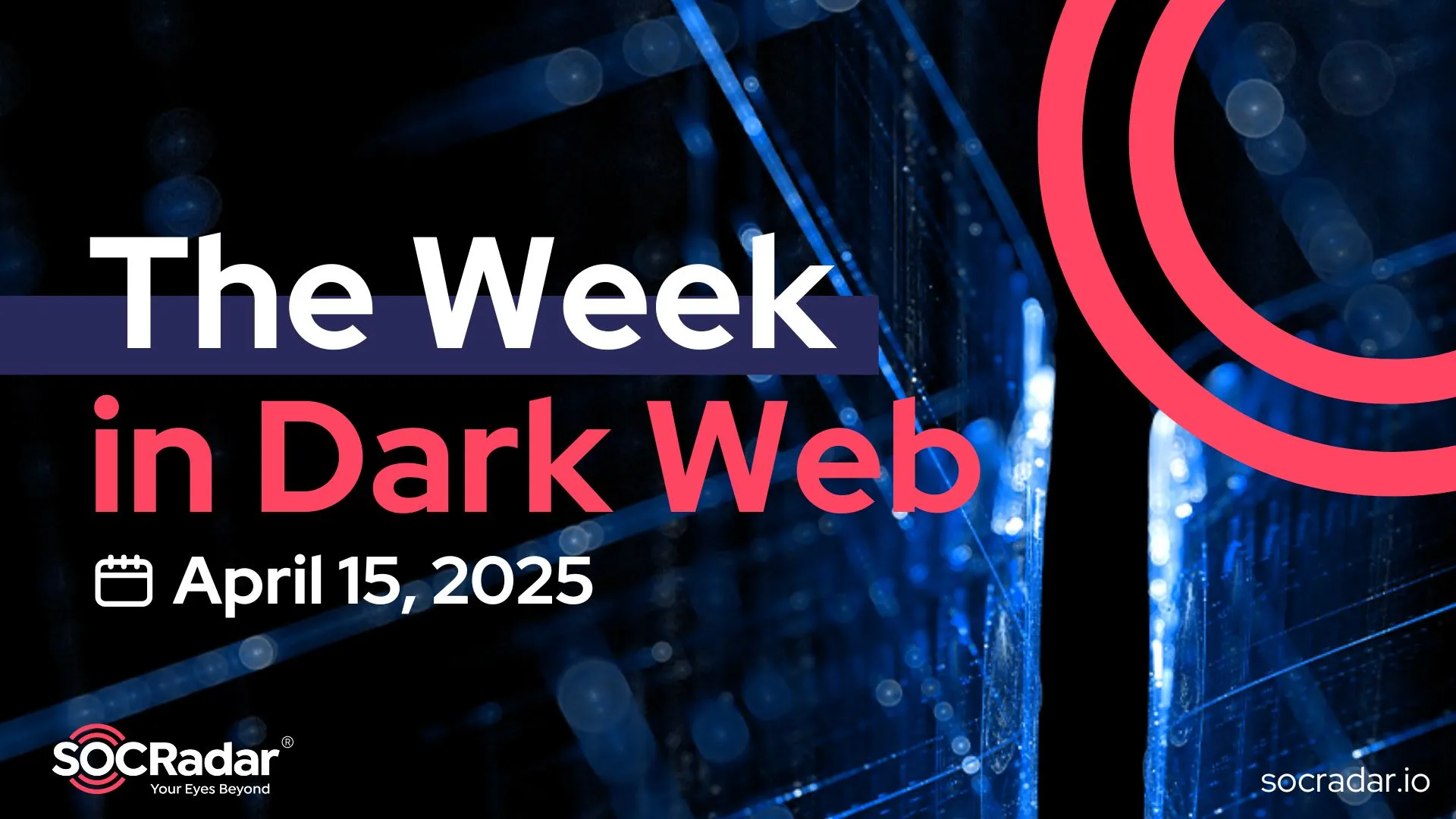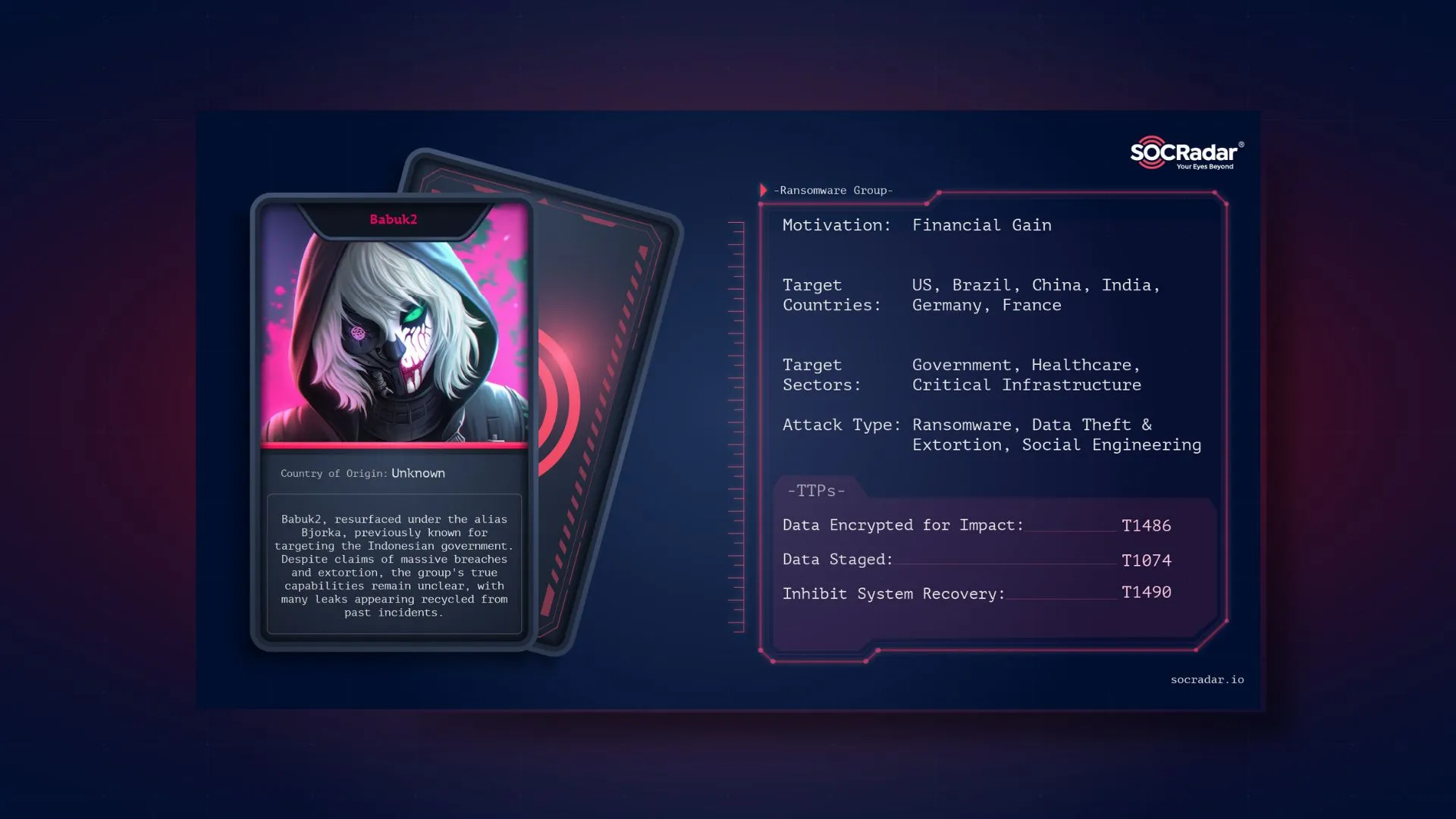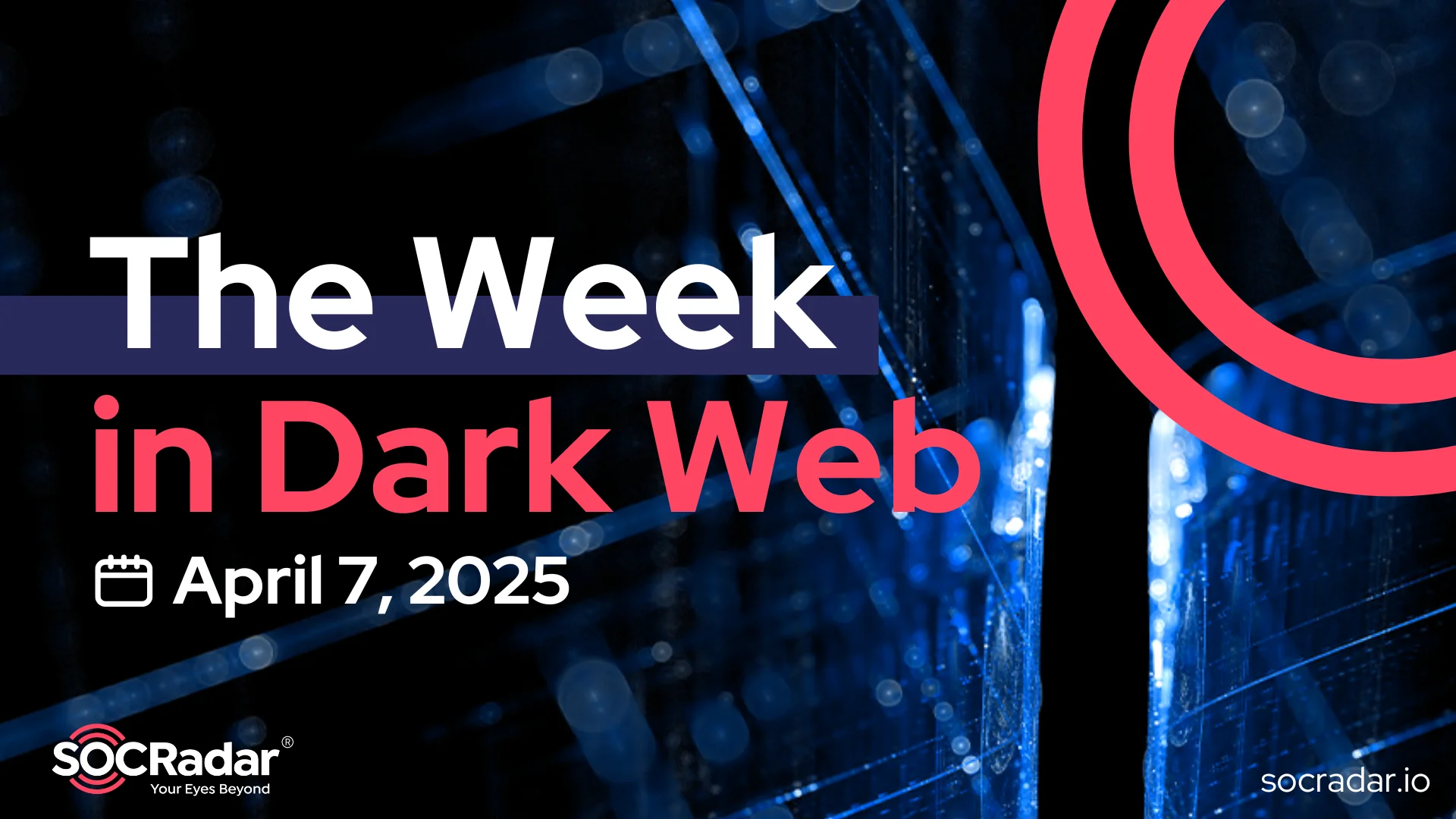
10 Best Dark / Deep Web Browsers for Anonymity
The deep web is the underground of the whole web. Accessing it is not quite difficult, but you need to follow some basic steps in order to retain your privacy.
We previously wrote a blog about the deep/dark web explaining what it is, why it is important, and how to access it – you can read it here if you still have some questions in your head.
In this blog, we will extend one part of the previous – the anonymity of a web browser. It is more than important to leave no traces when you browse the deep web and to do so you need a good web browser that hides your network traffic and makes you invisible. Well, almost invisible – because you need a VPN to complete the whole package. Below is the list of 10 best dark/deep web browsers. You can pick any – for safe and anonymous web surfing.
Before you continue, we have a special offer for you. Do you want to wander around the dark web without using a browser? CTI4SOC’s Threat Hunting module lets you gather all the dark web data you have searched. Get access to CTI4SOC for Free!
1. Tor Browser – The Onion Router
You will come across Tor Browser every time you look for deep web information. It is the most powerful Deep Web browser and with the highest level of security and anonymity. This makes it the most commonly used browser.
Firstly created for the U.S. Army for more secure communication, it is now available for free for everybody with a Windows, Mac, or Linux machine, or even Android mobile device.
Tips
Keep this in mind – you need to delete cookies here too, they are behind you even in the dark web.
Do not use Google – that’s why you are on the underground, to search for unindexed content, right?
You should always check if you are connected to the Tor Network – just in case. You can do so by visiting – check.torproject.org
And don’t forget – it is better used with a VPN.
2. I2P – The Invisible Internet Project
I2P is another privacy tool that keeps its users anonymous. It uses end-to-end encryption to do so. This encryption is done in 4 different layers- and you can access, both, the surface and the underground through a layered stream. The network is messaging-based and provides peer-to-peer communication.
I2P sends user’s traffic through about 55000 distributed computers, this way creates a vast number of paths through which your messages can be sent. This makes it almost impossible for the user to be traceable.
3. Freenet – Dark Refuge for Freedom of Speech
Freenet is another peer-to-peer platform that encrypts data before it is being shared. It uses a similar technique to other browsers – which is routing the communication through different nodes. It uses a decentralized, distributed network for encrypting data that is being shared – that is how it becomes very difficult to be hacked.
Users that access the Freenet give some of their bandwidth and hard drives. They can access in darknet or opennet mode. The main difference in the darknet mode is that users can access content that is uploaded only to the Freenet network and not outside it.
There also is no copyrights enforcement in Freenet. Copyrighting means monitoring communication, and that – means no freedom of speech – which is against their rules.
4. Tails – The Amnesic Incognito Live System
Based on the original Tor Browser – Tails has a difference from the other deep/dark web browsers. It can be booted directly from a flash drive without a previous installation. That’s why it is often referred to as a live operating system.
For more privacy, Tails will shut down the OS installed in your machine, to only restart once again after you are done using Tails. This shows that Tails doesn’t depend on the OS installed in the machine being used.
5. Subgraph OS
Subgraph is another privacy tool that helps you access the web freely and is a Tor Browser-based system. It uses the same source code and has a Tor integration, too.
One of its greatest features is that it is specifically designed to prevent adversary attacks targeting your OS – as it says on the website – “Subgraph OS is an adversary resistant computing platform”. It uses Sandbox containers to get rid of any malware. In case of any suspicious malware targeting an application, Subgraph activates a sandbox container and deals with it.
6. Firefox
You might be saying – Firefox is a regular browser, how come it is used for deep web surfing? – Well, it turns out it is not quite regular. You can see it grouped with Google Chrome, Safari, Opera, and more. (Well, Opera isn’t that regular either – but we’ll come to that a bit later).
Firefox needs to be routed to connect through Tor Network in order to provide you anonymous web surfing. You need to manually configure proxy access, and it’s pretty simple. By default, Tor listens to port 9050 so that’s one thing you should set in your configuration, and the proxy server you need is 127.0.0.1.
Tips:
Just like with Tor Browser, you better check if you really are connected to Tor Network – by going to check.torproject.org
You would also want to use a VPN – for extra privacy
7. Waterfox
Waterfox is a Firefox-based open-source browser, but it is not connected to Mozilla. However, it periodically connects to it – to protect users from malicious add-ons. It is available for Windows, Mac, and Linux machines and Android mobile devices – all 64-bit.
A feature you will like about Waterfox is that it deletes all your cookies, web browsing history, passwords, and any other personal data after you are done with surfing.
8. Whonix
Whonix is a Tor-based browser used for anonymous web surfing. It is available on Windows, Mac, and Linux and comes pre-installed in Qubes. So for extra privacy, you can use Qubes-Whonix.
Some of the anonymity issues it prevents users from are IP leaks, time attacks, keystroke deanonymization, and data collection techniques.
9. GNUnet
GNUnet provides decentralized, peer-to-peer communication, and that is done through TCP, UDP, HTTP, HTTPS, WLAN, and Bluetooth. It lets users know which other users are trusted and which are not, this way protecting users from possible attacks. It protects sensitive information, and one of its main goals is to keep the number of PII exposed as low as possible.
10. ZeroNet
ZeroNet is another decentralized peer-to-peer communication tool. It uses the Bitcoin cryptography and BitTorrent network. It can be used for sharing files or publishing websites. Here sites are not identified with an IP address rather with a public key.
It is not a completely anonymous networking platform, but like many others, it allows connection to Tor Network – although this might affect its speed.
One last thing about Zeronet – you can use it without an internet connection.
We tried to help you have a clearer idea of what a good deep/dark web browser is like. If you are at the beginning of this deep/dark web adventure, it might be difficult to pick one from a load of web browsers.
Automated deep/dark web monitoring with SOCRadar
SOCRadar provides a thorough Dark Web Monitoring solution that enables organizations to identify and mitigate threats across the surface, deep and dark web. Every day SOCRadar is analyzing massive data on the Dark Web to rapidly detect mentions of your digital assets that are compromised such as account credentials of your customers or employees, credit cards, PII, or sensitive financial information. Most of the data collected from deep web sources do not represent any value from the cybersecurity perspective. Therefore, it is important to select Dark Web monitoring technology capable to successfully distinguish authentic data. At SOCRadar, we leverage our Machine Learning and AI technology to normalize and classify terabytes of processed data and deliver actionable threat intelligence to SOC teams.
CTI4SOC Threat Hunting module is the SOC analyst’s biggest assistant in the research phase. In the Threat Hunting module, security personnel can reach out to the dark web data, such as stealer logs, the latest leaks, the latest malware, campaigns, and so on. CTI4SOC is an API-ready solution that allows enriching all this data in case of a possible attack.
SOCRadar’s new stand-alone CTI solution CTI4SOC is a next-generation threat intelligence platform designed to simplify the work of SOC analysts. A unique assistant to SOC teams with 12 functional modules. Unlike traditional threat intelligence platforms, CTI4SOC is powered by big data scrutinized by SOCRadar’s analyst team through the dark web. It presents all the data that analysts can obtain using several tools in an organized and contextual manner.



































